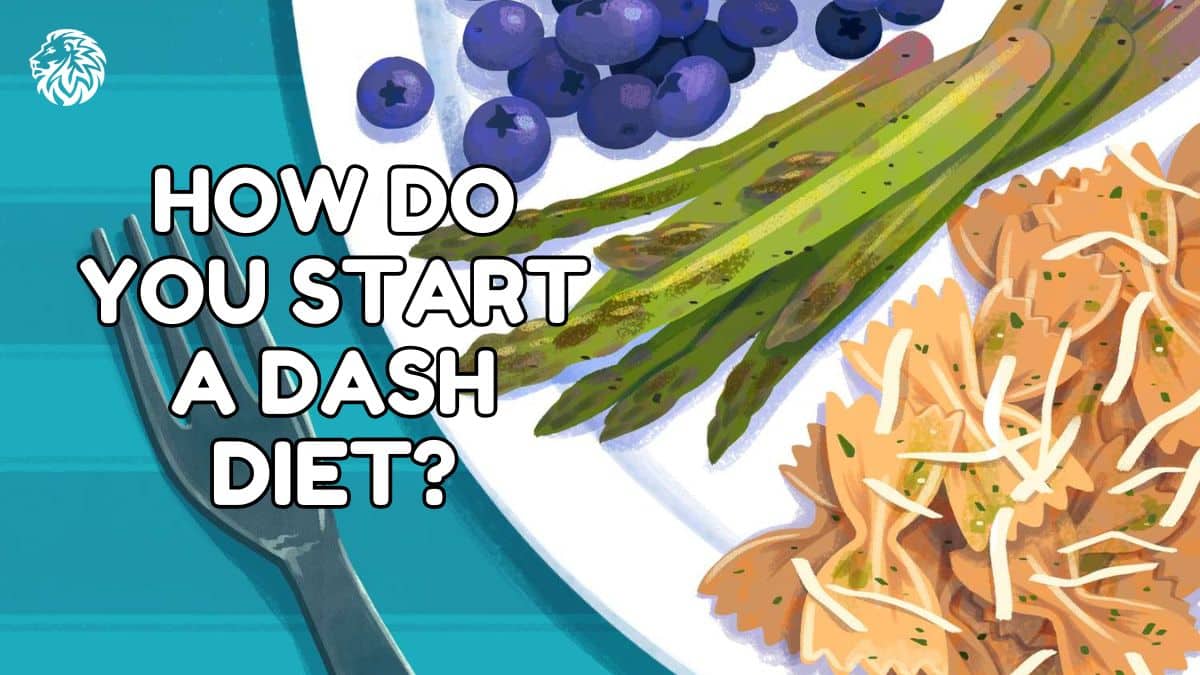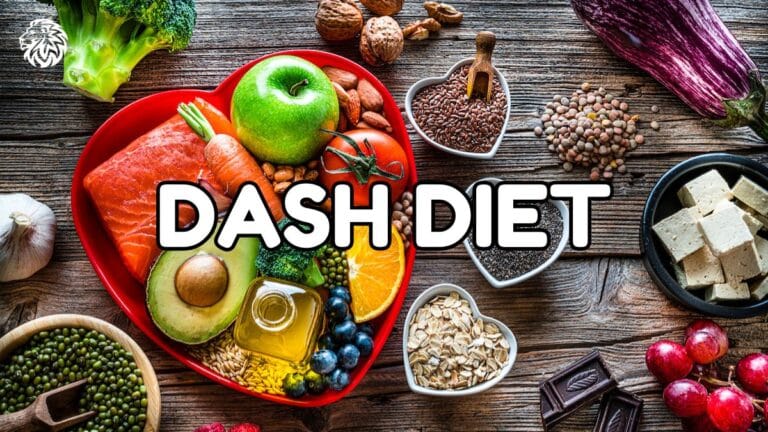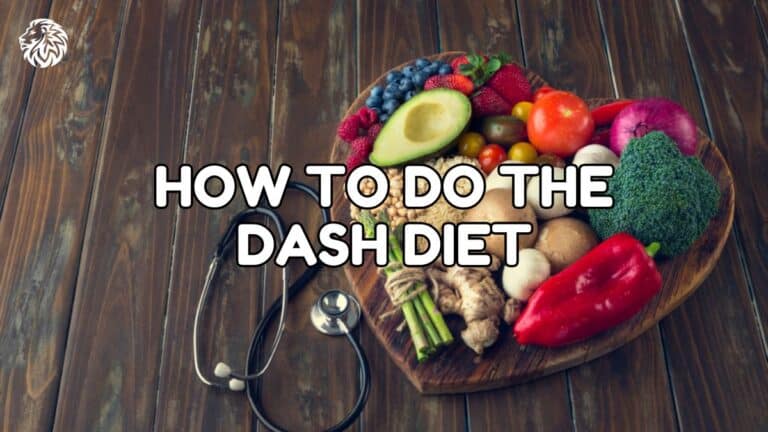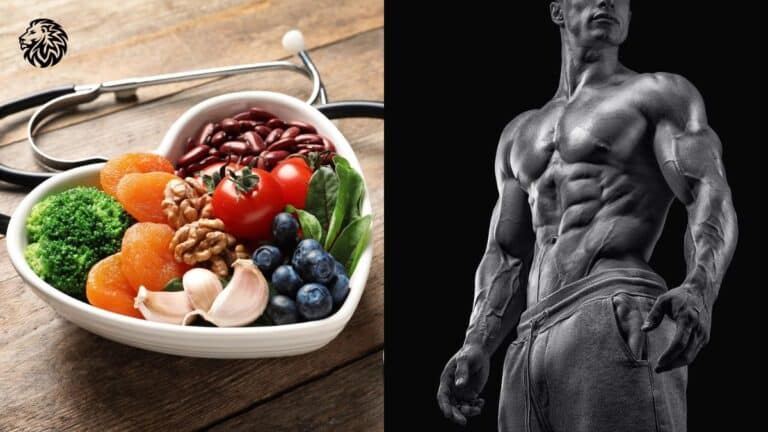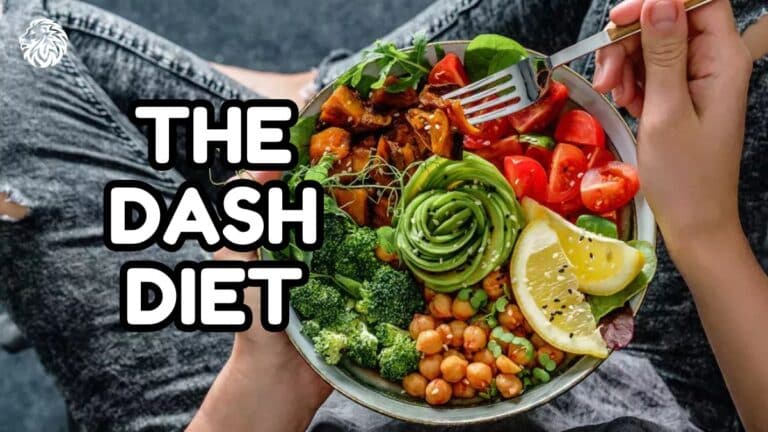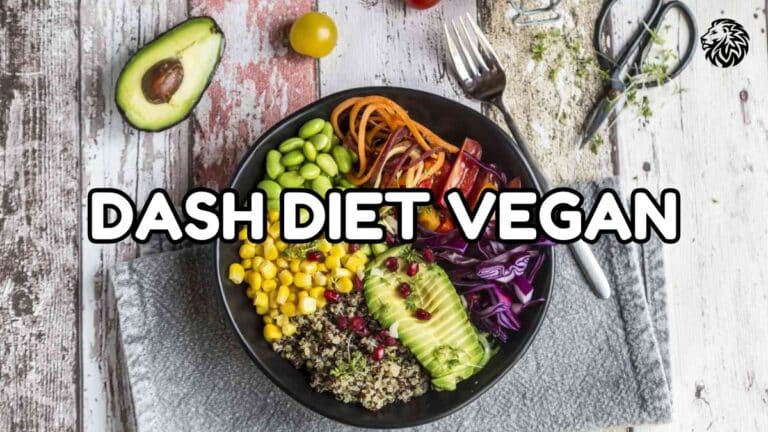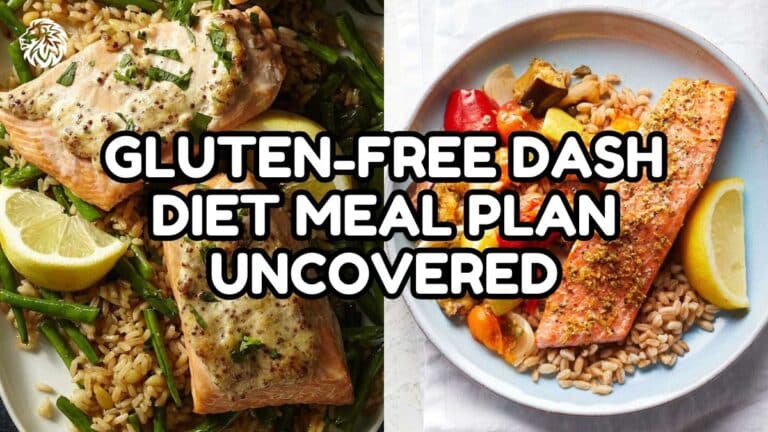Starting a DASH (Dietary Approaches to Stop Hypertension) diet can be an effective way to improve your health, particularly if you’re looking to lower your blood pressure or manage your weight. While the idea of starting a new diet might seem overwhelming, the DASH diet is designed to be straightforward and sustainable. By focusing on balanced meals, nutrient-rich foods, and mindful eating habits, you can ease into the DASH diet without major disruptions to your routine. Here’s a step-by-step guide to help you start your DASH diet journey.
1. Understand the Basics of the DASH Diet
The DASH diet is designed to promote heart health by managing high blood pressure through dietary changes. It emphasizes a balanced intake of nutrients that are proven to help reduce hypertension. The primary goal is to limit sodium intake while increasing the consumption of foods rich in potassium, calcium, and magnesium. These minerals help balance blood pressure by relaxing blood vessels and aiding fluid balance in the body.
The DASH diet focuses on natural, whole foods, particularly those that are lower in sodium and saturated fats. Here’s a more detailed breakdown of the key food groups involved:
- Fruits and Vegetables: These are the cornerstone of the DASH diet, as they are packed with vitamins, minerals, and antioxidants that support heart health. The diet recommends four to five servings of both fruits and vegetables each day. Foods like bananas, sweet potatoes, spinach, and oranges are particularly high in potassium, which helps counteract the effects of sodium on blood pressure.
- Whole Grains: Whole grains like brown rice, oats, whole wheat bread, and quinoa provide fiber and nutrients like magnesium, which helps regulate blood pressure. The DASH diet suggests including six to eight servings of grains daily, focusing on whole grains rather than refined options.
- Lean Proteins: Lean sources of protein, such as chicken, turkey, fish, beans, and legumes, are emphasized in the DASH diet. These provide essential nutrients without the added saturated fats found in red meat. The diet recommends two or fewer servings of lean meats per day and encourages incorporating plant-based proteins like beans and lentils for a more varied nutrient profile.
- Low-Fat Dairy Products: Dairy is an important source of calcium, a mineral that helps maintain healthy blood pressure. However, DASH promotes low-fat or fat-free options to reduce saturated fat intake. Aim for two to three servings of low-fat dairy products daily, such as skim milk, low-fat yogurt, or reduced-fat cheese.
- Nuts, Seeds, and Legumes: These provide healthy fats, protein, and fiber while being low in sodium. The DASH diet encourages four to five servings per week of nuts, seeds, and legumes, offering heart-healthy fats from sources like almonds, walnuts, and flaxseeds.
- Limited Fats and Sweets: The diet advises limiting foods high in saturated fats and added sugars, such as fatty meats, full-fat dairy products, butter, and sweets. These should be eaten sparingly to reduce overall fat intake and avoid weight gain.
Overall, the DASH diet encourages whole, nutrient-dense foods and promotes balanced meals while limiting processed foods high in sodium and unhealthy fats. It’s structured to improve heart health and reduce the risk of hypertension while offering a flexible, varied diet plan.
2. Set Clear Goals
Before diving into the DASH diet, it’s important to set clear and realistic goals. Whether you want to lower your blood pressure, lose weight, or simply improve your overall health, having specific objectives will help keep you motivated.
For example, if your goal is to lower your blood pressure, you might aim to reduce sodium intake and increase your intake of potassium-rich foods. If weight loss is your priority, you can focus on portion control and reducing calorie-dense foods while still following the general principles of the DASH diet.
3. Plan Your Meals
Meal planning is key to successfully starting the DASH diet. Take some time to map out your meals for the week, keeping the recommended food groups in mind. Your meals should include:
- Fruits and vegetables: Aim for four to five servings of each per day. These can be added to your meals as sides, salads, or snacks.
- Whole grains: Include whole wheat bread, brown rice, quinoa, and oatmeal in your daily meals. Try to have six to eight servings of grains per day.
- Lean proteins: Include fish, poultry, and legumes in your diet. Aim for two or fewer servings of lean meats per day and consider meatless meals that incorporate beans, lentils, or tofu for variety.
- Low-fat dairy: Add low-fat or fat-free dairy products like milk, yogurt, or cheese. Strive for two to three servings per day.
4. Start Reducing Sodium Gradually
Reducing sodium intake is a key aspect of the DASH diet. Instead of cutting out all high-sodium foods at once, gradually reduce your sodium intake to make the transition smoother. Here are a few tips to help:
- Read labels: Start checking the sodium content on food labels. Choose low-sodium or sodium-free options whenever possible.
- Cook at home: Home-cooked meals allow you to control the amount of salt you use. Opt for herbs and spices to add flavor to your dishes instead of relying on salt.
- Limit processed foods: Processed foods, such as canned soups, snack foods, and deli meats, often contain high amounts of sodium. Swap these out for fresh, whole foods when possible.
5. Incorporate Fruits and Vegetables
One of the main components of the DASH diet is increasing your intake of fruits and vegetables. Aim to have at least one serving of fruit or vegetables with every meal and snack. Here are a few easy ways to add more to your diet:
- Breakfast: Add fresh berries or a banana to your oatmeal or yogurt.
- Lunch: Include a side salad or vegetable soup with your meal.
- Dinner: Serve roasted vegetables alongside your main dish.
- Snacks: Reach for carrots, cucumber slices, or an apple instead of chips or processed snacks.
6. Opt for Whole Grains
Whole grains are an important part of the DASH diet because they provide essential nutrients like fiber, magnesium, and potassium. When choosing grains, always go for whole grain options rather than refined grains. Here are some easy swaps:
- Replace white bread with whole wheat bread.
- Swap white rice for brown rice or quinoa.
- Use whole grain pasta instead of regular pasta.
- Try steel-cut oats or rolled oats instead of instant oatmeal.
7. Include Healthy Fats
While the DASH diet limits saturated fats found in red meat and full-fat dairy, it encourages healthy fats from sources like nuts, seeds, and olive oil. These fats support heart health and provide long-lasting energy. Here’s how to incorporate healthy fats:
- Use olive oil or avocado oil for cooking.
- Snack on unsalted almonds, walnuts, or sunflower seeds.
- Add avocado slices to salads, sandwiches, or toast.
- Include fatty fish like salmon or mackerel in your meals twice a week for omega-3 fatty acids.
8. Watch Your Portions
Even though the DASH diet promotes healthy foods, portion control is still important, especially if weight management is one of your goals. Use these tips to keep your portions in check:
- Use smaller plates to prevent overeating.
- Serve yourself a single portion and avoid going back for seconds.
- Fill half of your plate with vegetables, a quarter with whole grains, and a quarter with lean protein.
- Pay attention to serving sizes on food labels, particularly with snacks like nuts, seeds, or cheese, which can be calorie-dense.
9. Stay Hydrated
Staying hydrated is essential for overall health, and it can also help you manage hunger and maintain energy levels throughout the day. Water should be your go-to beverage on the DASH diet, but you can also enjoy other low-calorie options like herbal teas. Aim to drink at least eight glasses of water a day, and avoid sugary beverages like soda or fruit juice.
10. Make Gradual Changes
Transitioning to the DASH diet doesn’t have to happen overnight. Start by making a few small changes to your meals, and then gradually incorporate more DASH-approved foods. For instance, you might begin by adding an extra serving of vegetables to your dinner or switching to whole grain bread. Over time, these small steps will add up and make the shift to the DASH diet more manageable.
11. Stay Consistent and Track Your Progress
Consistency is key when starting any diet. To stay on track, it can be helpful to keep a food diary or use a tracking app to monitor what you’re eating and how much sodium you’re consuming. Tracking your progress will help you stay accountable and allow you to see the positive changes over time.
Additionally, check in with your healthcare provider to monitor the impact of the DASH diet on your blood pressure and overall health. They can provide guidance and make any necessary adjustments to help you achieve your goals.
12. Seek Support
Starting a new diet can be challenging, especially if you’re trying to break old habits. Consider seeking support from friends, family, or online communities that are also following the DASH diet. Having a support system can help you stay motivated and provide you with helpful tips and recipes.
Conclusion
Starting the DASH diet is a step toward better health, and with careful planning, it can be a sustainable and enjoyable way to eat. By focusing on nutrient-rich foods, reducing sodium intake, and making gradual changes, you can successfully transition to the DASH diet and begin to see the benefits, such as lower blood pressure and improved overall well-being. Take it one step at a time, stay consistent, and remember that small changes can lead to big results.
